Archaeologists Grow Closer to Uncovering The Exact Room Where Jesus Held The Last Supper
Archaeologists are on a mission to uncover more about The Last Supper, channeling efforts to find the exact location of the event in Jerusalem.
This quest has led them to the “Upper Room” or Cenacle, a two-story house with a red, sloped roof and limestone walls that still stands today.
Historical Significance of the Cenacle
The Cenacle, located on Mount Zion in the old city of Jerusalem, is believed to be the site of the Last Supper, an event that occurred in 33 AD.
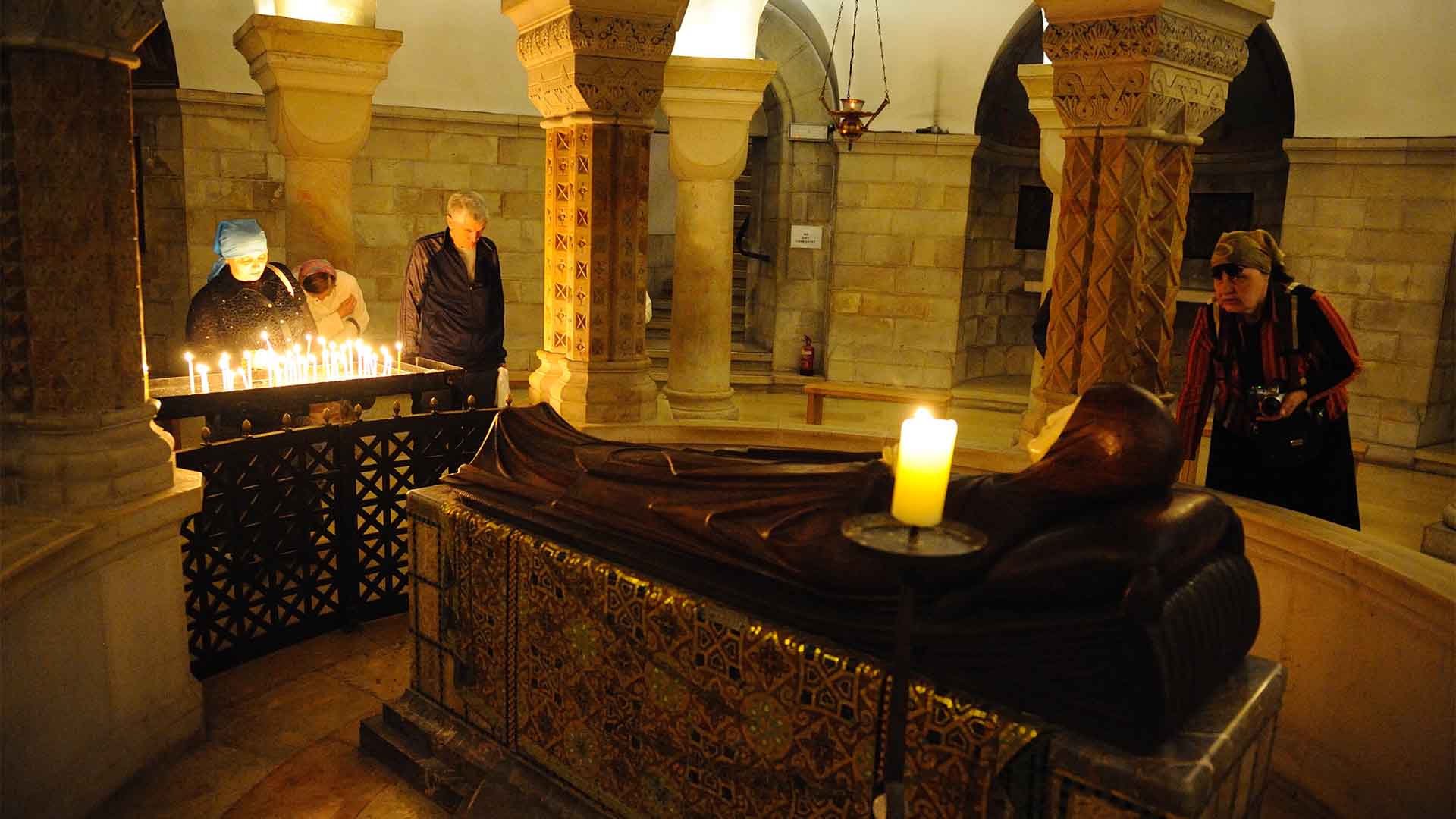
Source: Frédéric Soltan/Corbis via Getty Images
Early Christian pilgrims documented this room as the place where Jesus shared his final meal with his apostles before his crucifixion.
Artistic Depictions Through the Centuries
From the fourth century onwards, artworks have depicted the Cenacle, highlighting its religious significance.
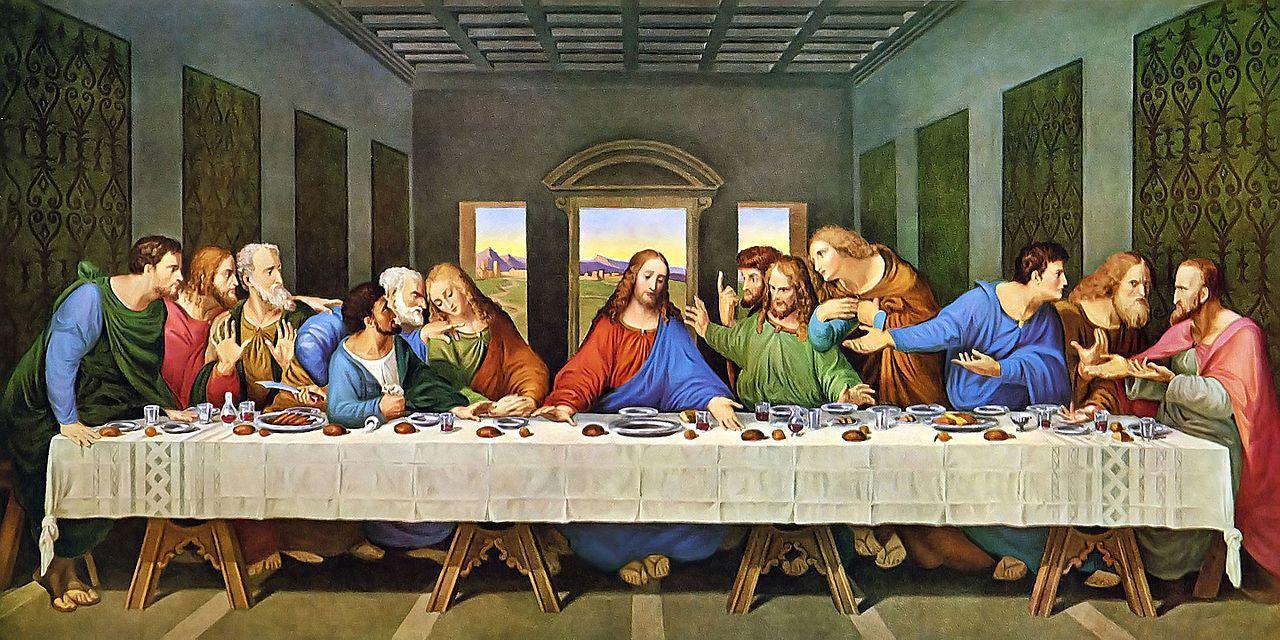
Source: Wikimedia
These artworks, combined with historical records, support the belief that the Upper Room is a key site in Christian history, attracting thousands of visitors each year.
The Biblical Account of the Last Supper
According to the Bible, Jesus sat with his 12 apostles in the Upper Room, predicting his betrayal and imminent death.
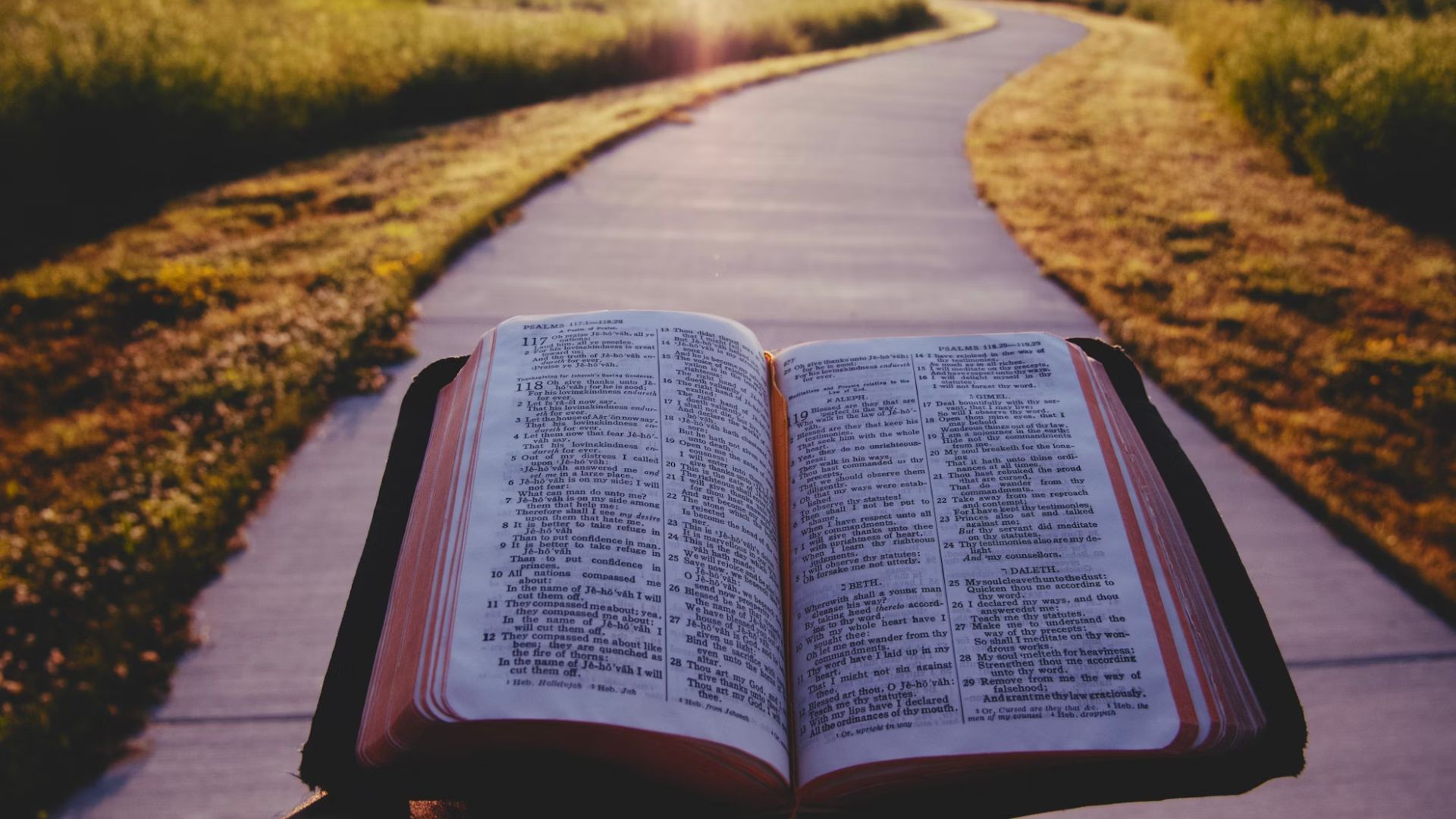
Aaron Burden/Unsplash
He blessed the bread and wine, symbolizing his body and blood, which he said would be broken and shed for the forgiveness of sins.
The Challenges of Archaeological Verification
Despite its historical importance, confirming the Cenacle as the exact site of the Last Supper has been difficult.
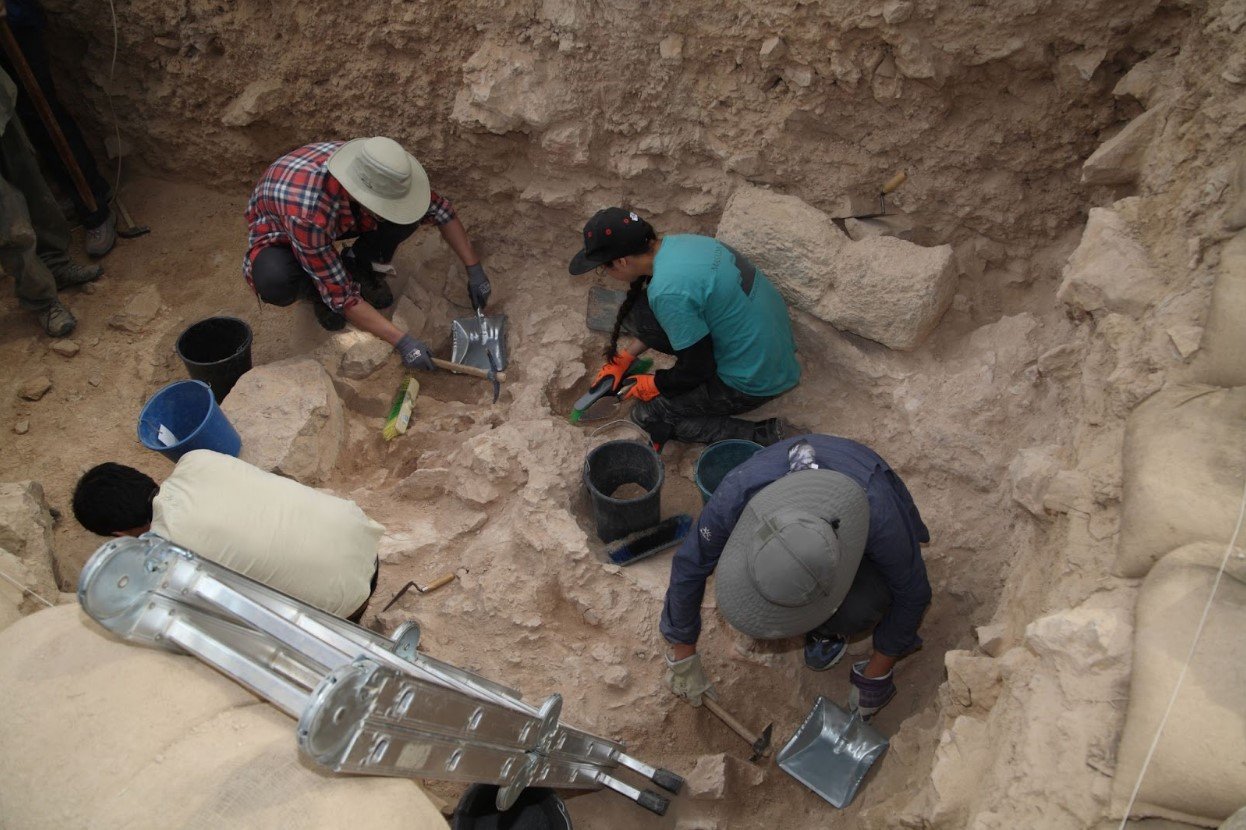
Source: Dan Porges/Getty Images
No archaeological digs have been conducted due to the building’s continuous use and religious significance, leaving researchers to rely on non-invasive methods.
The Fourth-Century Sculpture Debate
In 1585, a sculpture was found showing Jesus standing before Mary Magdalene after his resurrection, with the Cenacle behind them.

Source: Alexander Andreyevich Ivanov/Wikipedia
While some argue it depicts an unknown woman, this sculpture supports the idea that the Cenacle was significant in Jesus’ life and ministry.
Discovering the Madaba Map
In 1884, Greek Orthodox Christians found the Madaba Map in Jordan.
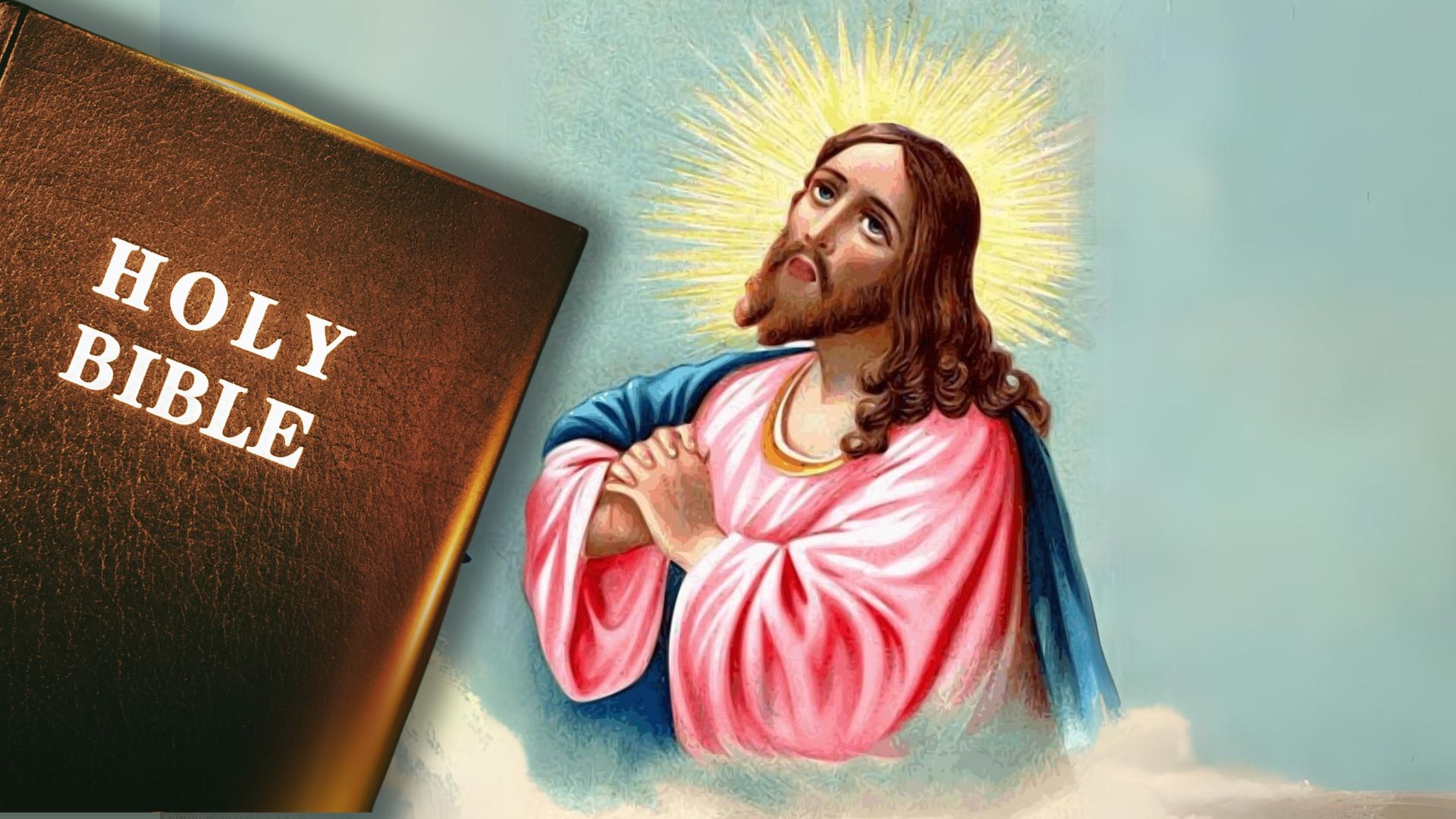
Source: Pixabay
Created in 560 AD, this map depicts the Holy Land and includes a building with a red sloped roof in the same location as the Cenacle, suggesting its historical presence during the time of Jesus.
Supporting Evidence from Italy
A sixth-century drawing found in Italy in 1846 depicts Jesus entering Jerusalem on a donkey with the Cenacle in the background.
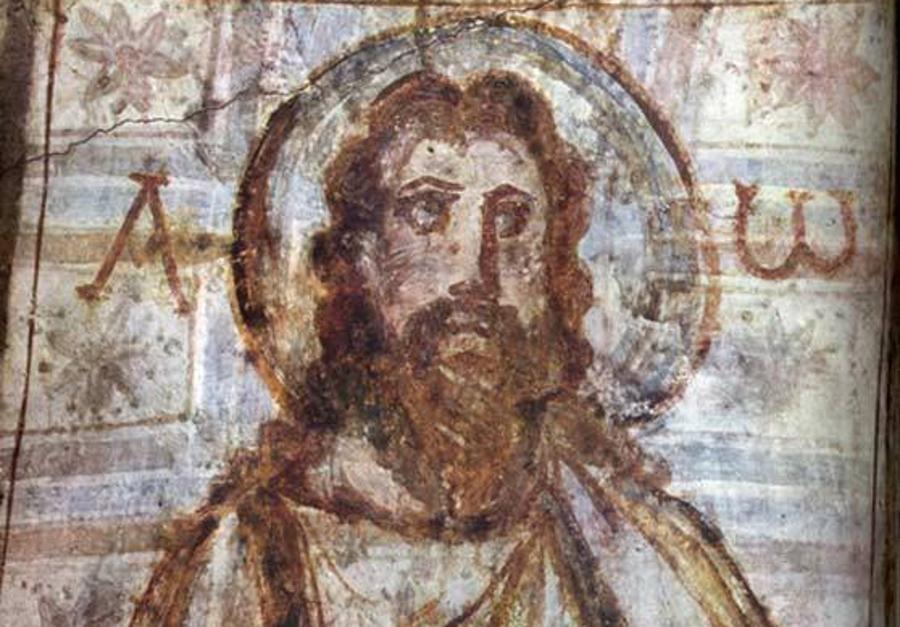
Source: Wikimedia
This image aligns with the biblical story of Jesus entering the city to fulfill the prophecy of Zechariah, further linking the site to the Last Supper.
David Christian Clausen's Revelation
In 2017, David Christian Clausen, a lecturer at the University of North Carolina, noticed that the building on the Madaba Map matched the Cenacle’s description.

Source: Wikimedia Commons
This discovery strengthened the theory that the Upper Room was indeed the site of the Last Supper.
Modern Technology Sheds Light
In 2019, the Israel Antiquities Authority (IAA) used laser technology and advanced imaging to study the Cenacle.
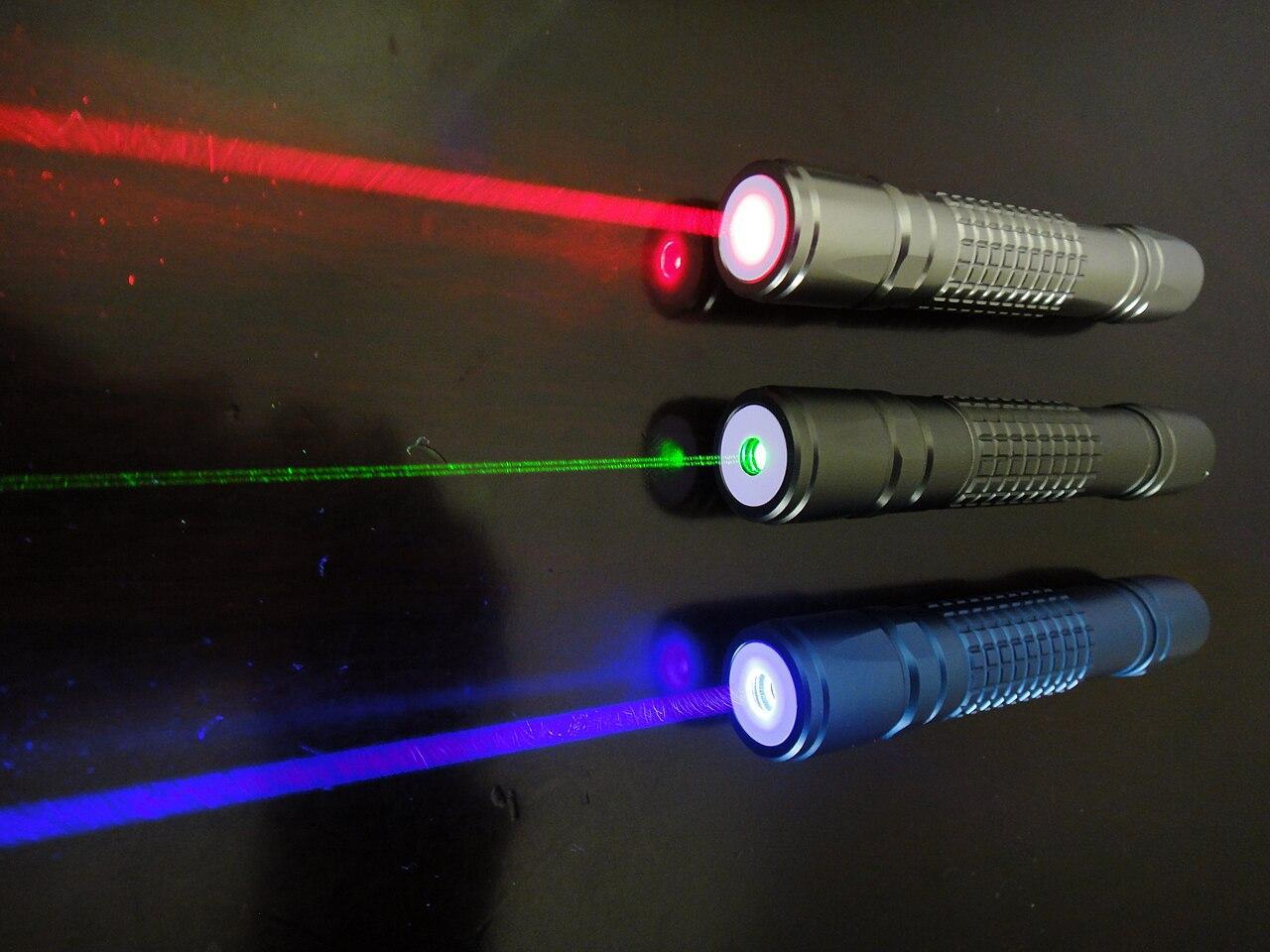
Source: Wikimedia
This revealed original features like the symbols of Agnus Dei and the Lion of Judah, connecting the site to King David and suggesting its biblical importance.
Future Prospects for Archaeological Evidence
While more studies are needed to confirm the Cenacle’s role in the Last Supper, the IAA continues to document and study the site.
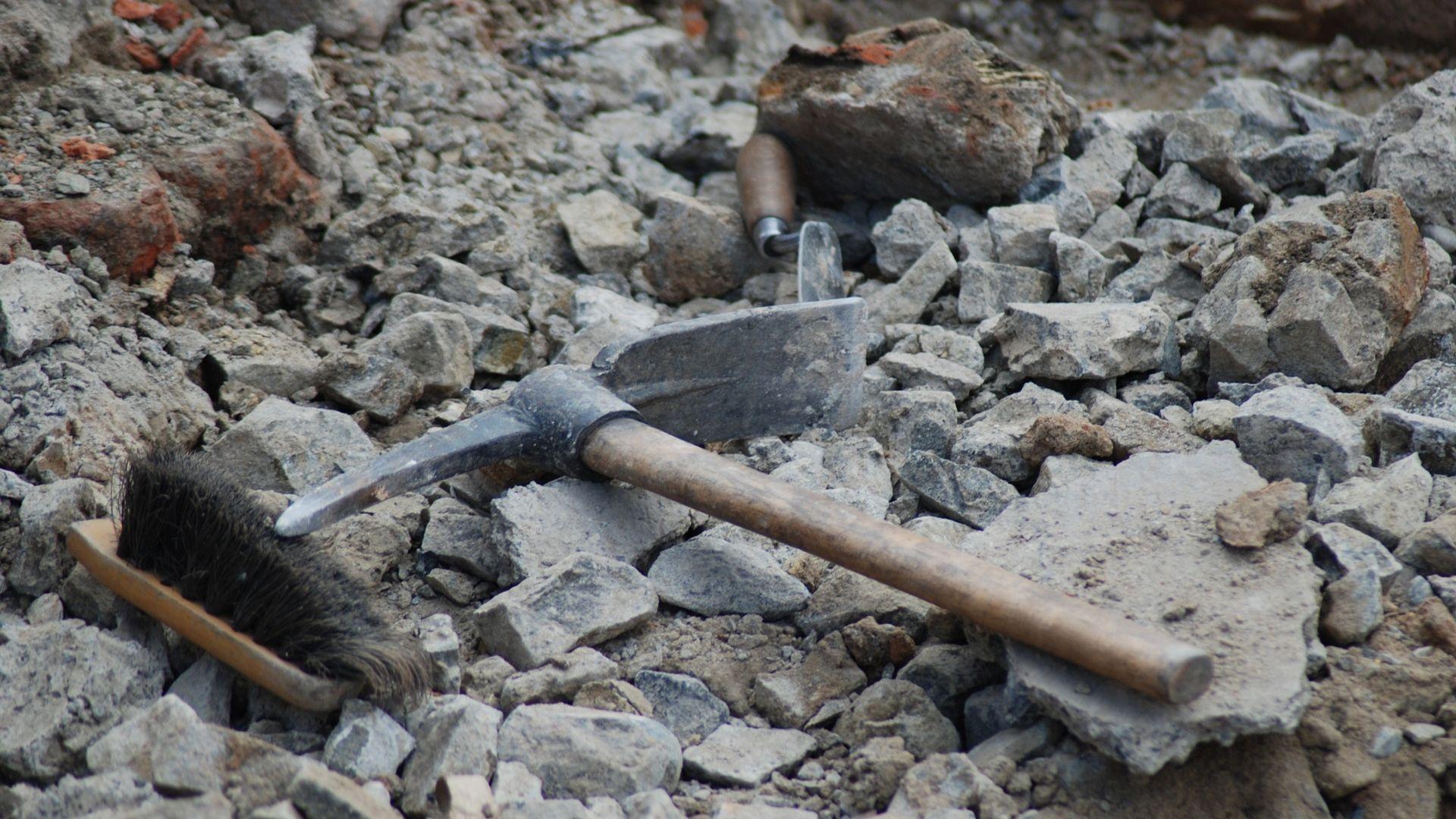
Source: Jumbuk73/Pixabay
Jerusalem district archaeologist Amit Re’em hopes that future opportunities will allow for small-scale archaeological investigations.
The Ongoing Quest for Answers
The search for clues of the exact location of the Last Supper continues.

Source: Freepik
As archaeologists employ new technologies and uncover historical artifacts, each discovery brings us closer to possibly one day understanding the life and legacy of Jesus Christ.
